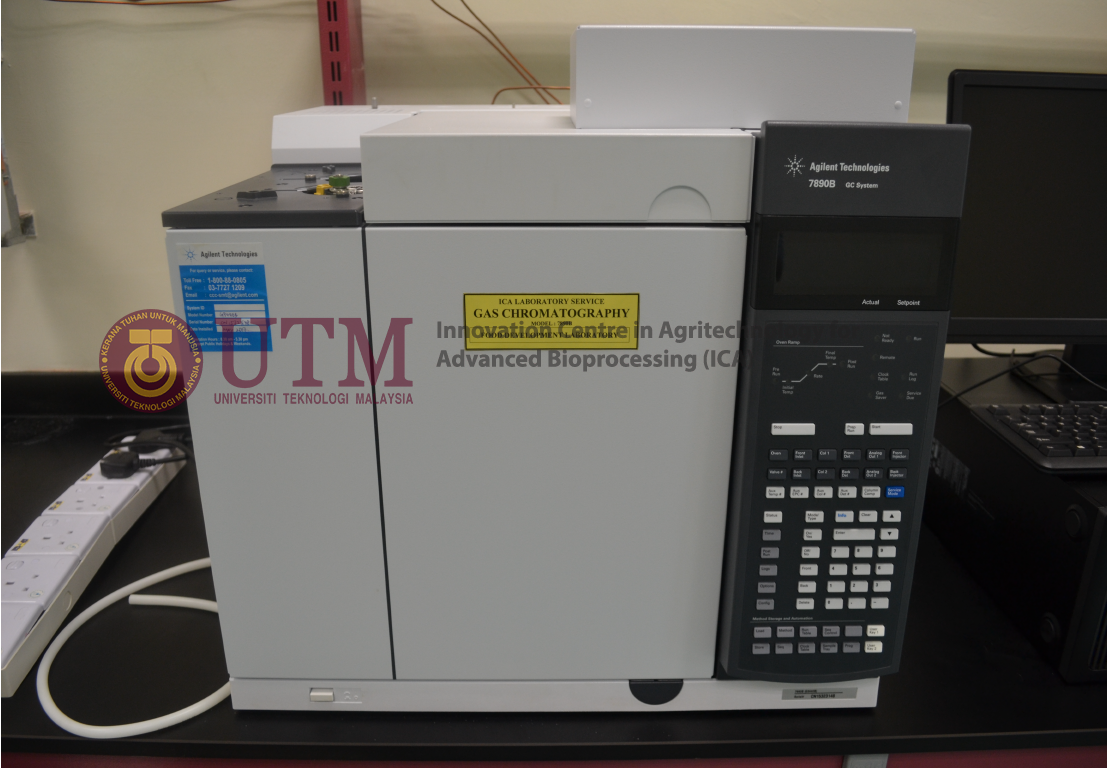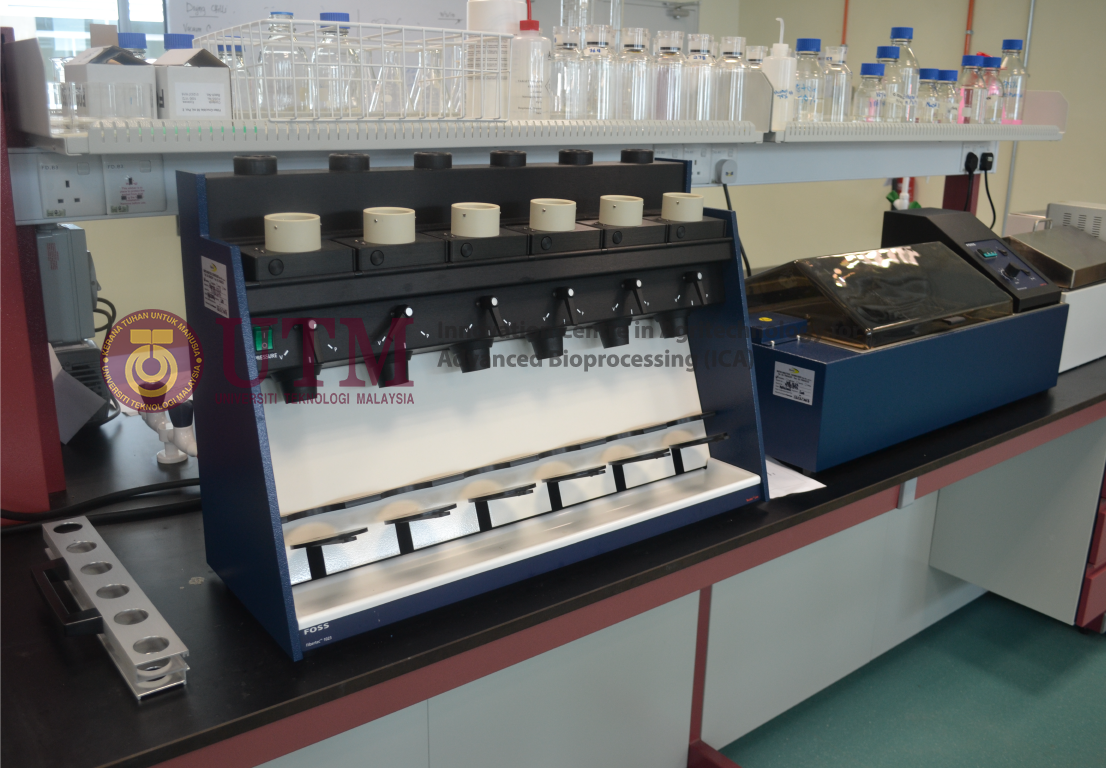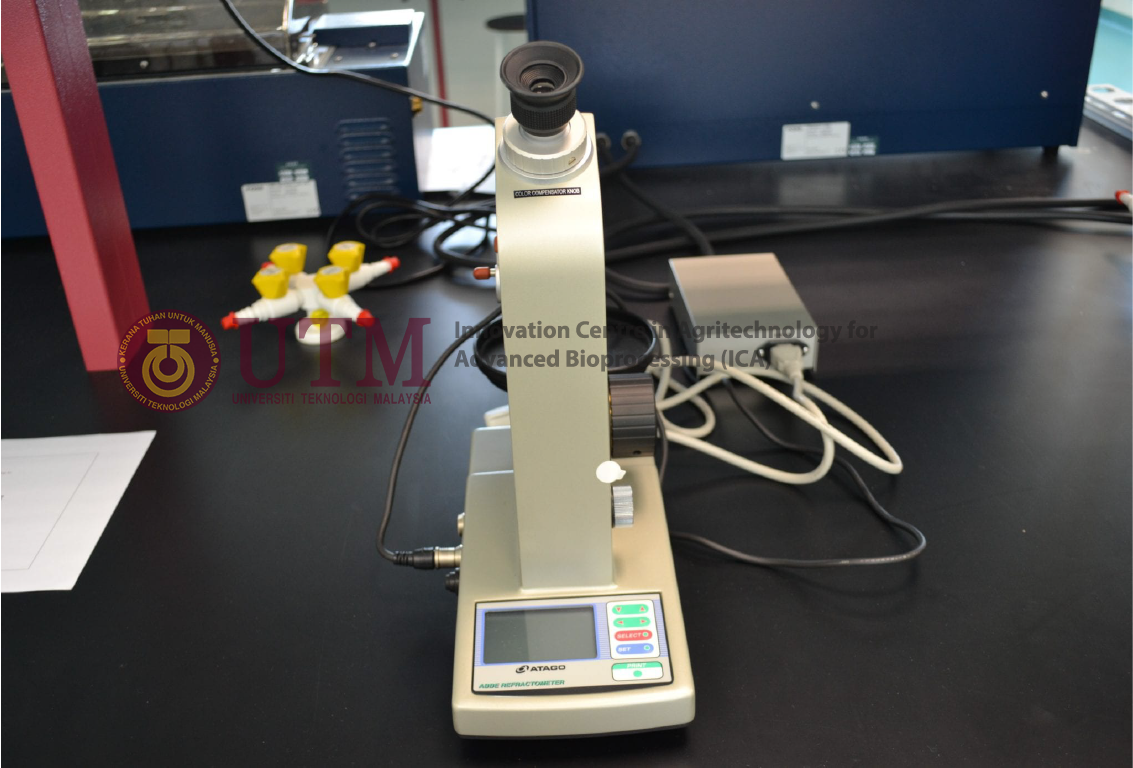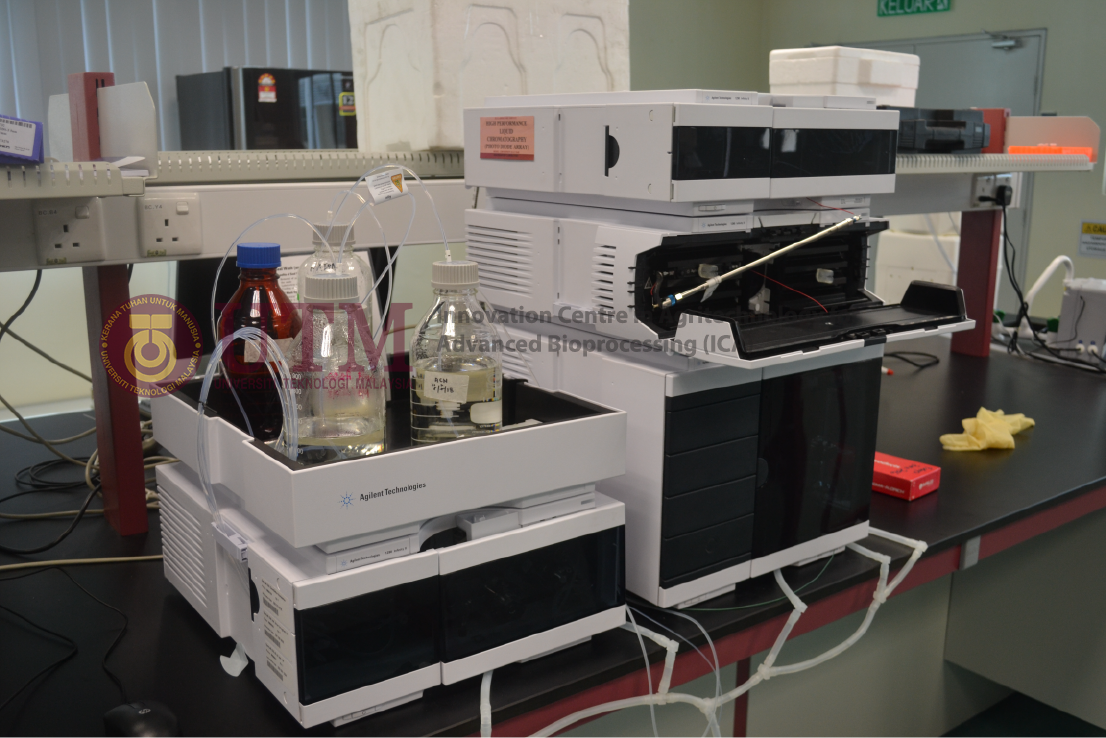PLANT TISSUE CULTURE LAB
Plant Tissue Culture Laboratory is a laboratory where parts of a plant (explants) are grown in a controlled environment for research, breeding or multiplication. It consists of a buffer zone, sample preparation area, culture room, incubation room, chemical store, cold room and a plant growth chamber.
The main functions of Plant Tissue Culture Laboratory are as follows:
- Conduct activities related to tissue culture of various plant species for the production of high quality plant materials.
- Develop tissue culture protocols especially for endangered plant species for conservation purposes.
- Conduct research activities on somatic embryogenesis culture, suspension culture, root culture and hairy root culture with the application of bioreactor technology for high productivity.
- Function as a Tissue Culture Bank that stores genetic material (germplasm) of various plant species.
- Carry out research contracts, production of seedlings for sale, technology transfer, collaboration and also consultation.
Plant tissue culture plays an important role in the field of fundamental research, conservation, and production of quality planting materials. Studying plant morphogenesis and plant physiology requires the ability to grow plants in vitro and plant tissue culture techniques (micropropagation using meristem and shoot culture to produce large numbers of identical individuals) provide the best way to accomplish this.

GAS-CHROMATOGRAPHY FLAME IONIZATION DETECTOR (GC-FID)
The GC-FID is well suited for analysis of hydrocarbon, organic substances containing hydrocarbons as well as for volatile organic compounds (VOCs).

FOURIER TRANSFORM INFRARED (ATTENUATED TOTAL REFLECTION) SPECTROMETER (FTIR-ATR)
The FTIR offers quantitative and qualitative analysis for organic and inorganic samples whereby it identifies the chemical bonds in a molecule by producing an infrared absorption spectrum.

FIBERTECH SYSTEM
Designed for rapid determination of dietary fibre according to established enzymatic methods, including those approved by AOA, AACC, NMKL and Asp.

ABBE REFRACTOMETER
For the ease in measure the refractive index of the solid, liquid, semi-liquid samples, as this refractometer directly indicates a measured value in refractive index or Brix (%).

TITRATION UNIT AUTOMATIC
A dedicated high-throughput titration unit that can perform parallel operations via integration with small, medium, or large size samples while obviating many errors in operation and recording, improving safety, and maintaining data standards that meet the rigorous compliance expectations

NITROGEN DRYING OVEN
These ovens protect parts from oxidation using any non-flammable gas such as Nitrogen, Argon, or Carbon Dioxide as the horizontal air flow surrounds work on shelves or large parts placed directly on the optional reinforced workspace on the bottom.

